The Kalahari Desert is a vast semi-arid savannah in Southern Africa and covers approximately 900,000 square kilometres of land. The desert comprises a series of diverse landscapes that are not confined to one country but stretch across South Africa, Botswana and Namibia.
The Kalahari Desert has been home to the native San bushmen for over 20 000 years. The word Kalahari is derived from the Tswana word Kgala, which means “the great thirst”, or Kgalagadi, meaning “a waterless place”.
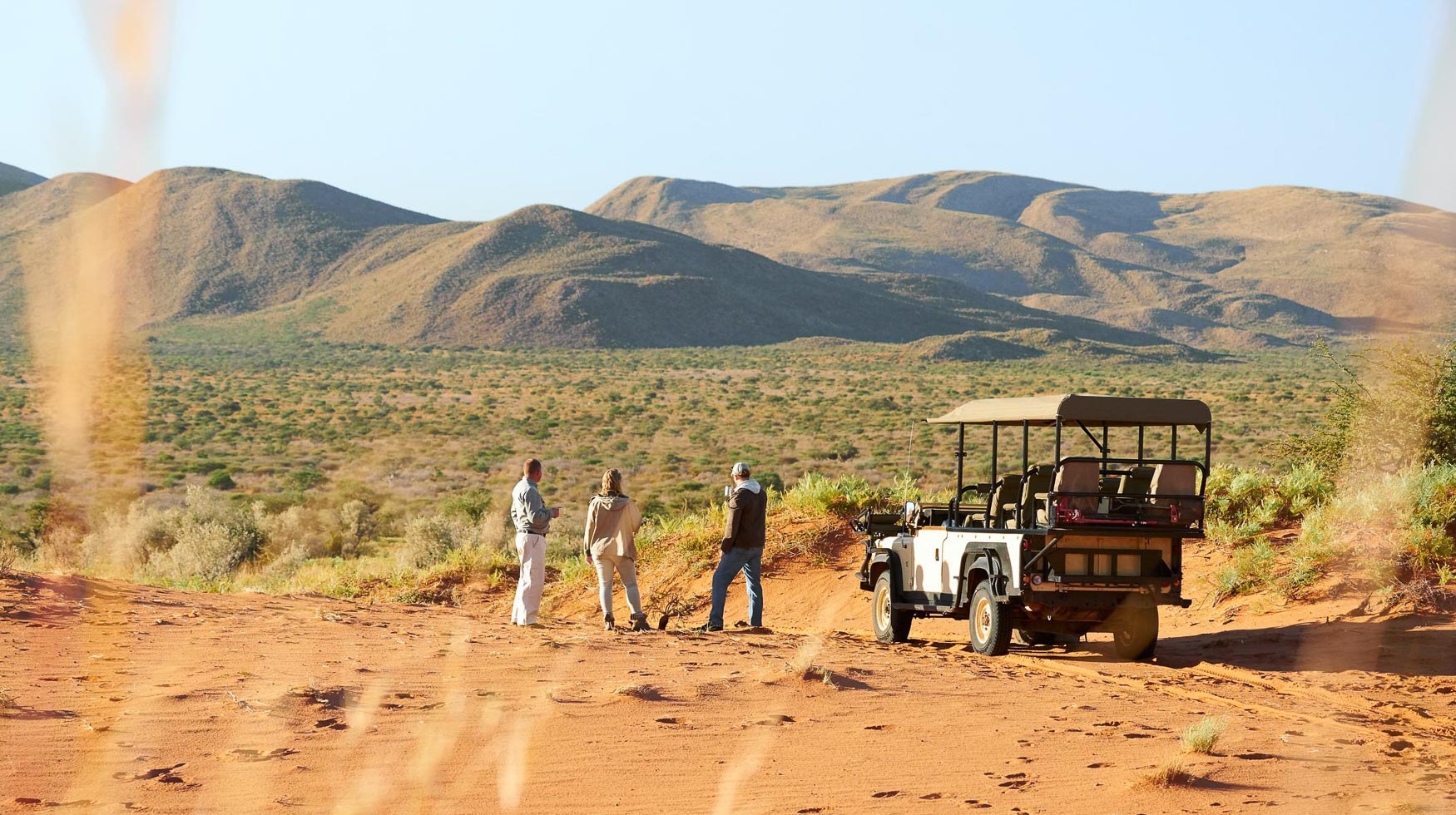
The temperatures are extreme
The weather and temperatures in the Kalahari Desert are harsh. In summer, temperatures can be scorching, reaching highs of 40°C (104°F) or more, while cooler temperatures can drop below 0°C (32°F). The weather is a result of the Kalahari’s high altitude and predominantly clear, dry air. If you are looking to visit the Kalahari, it’s essential to understand the seasons and to pack appropriately for day and night. In summer, temperatures in the Kalahari can reach 45 °C (115°F).
A river runs through the Kalahari Desert
The desert is not a completely arid landscape. The Okavango River flows through the land, starting from Angola and draining into the Moremi Game Reserve in Botswana. The Okavango Delta in Botswana is the fourth-longest river in Africa.
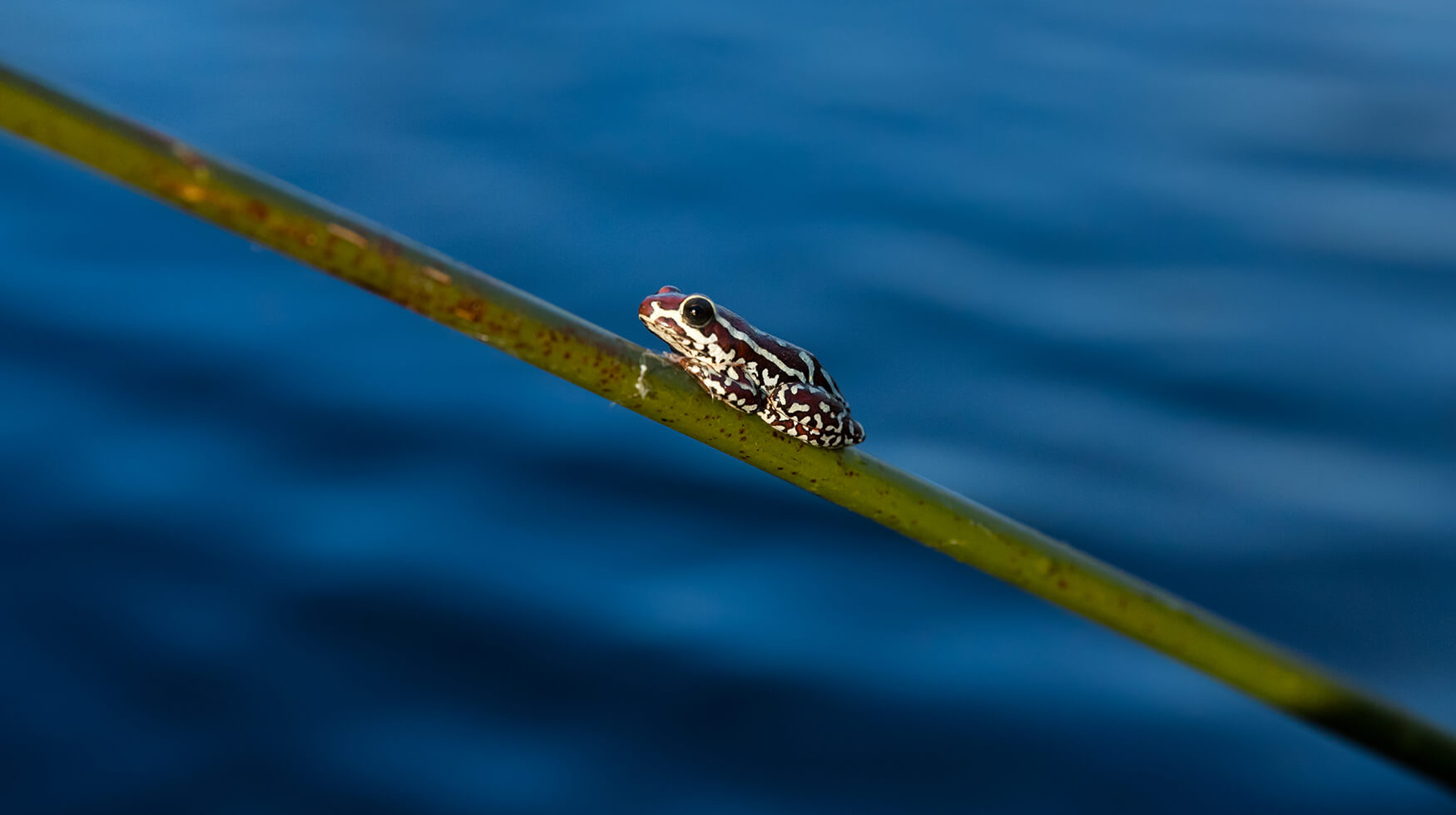
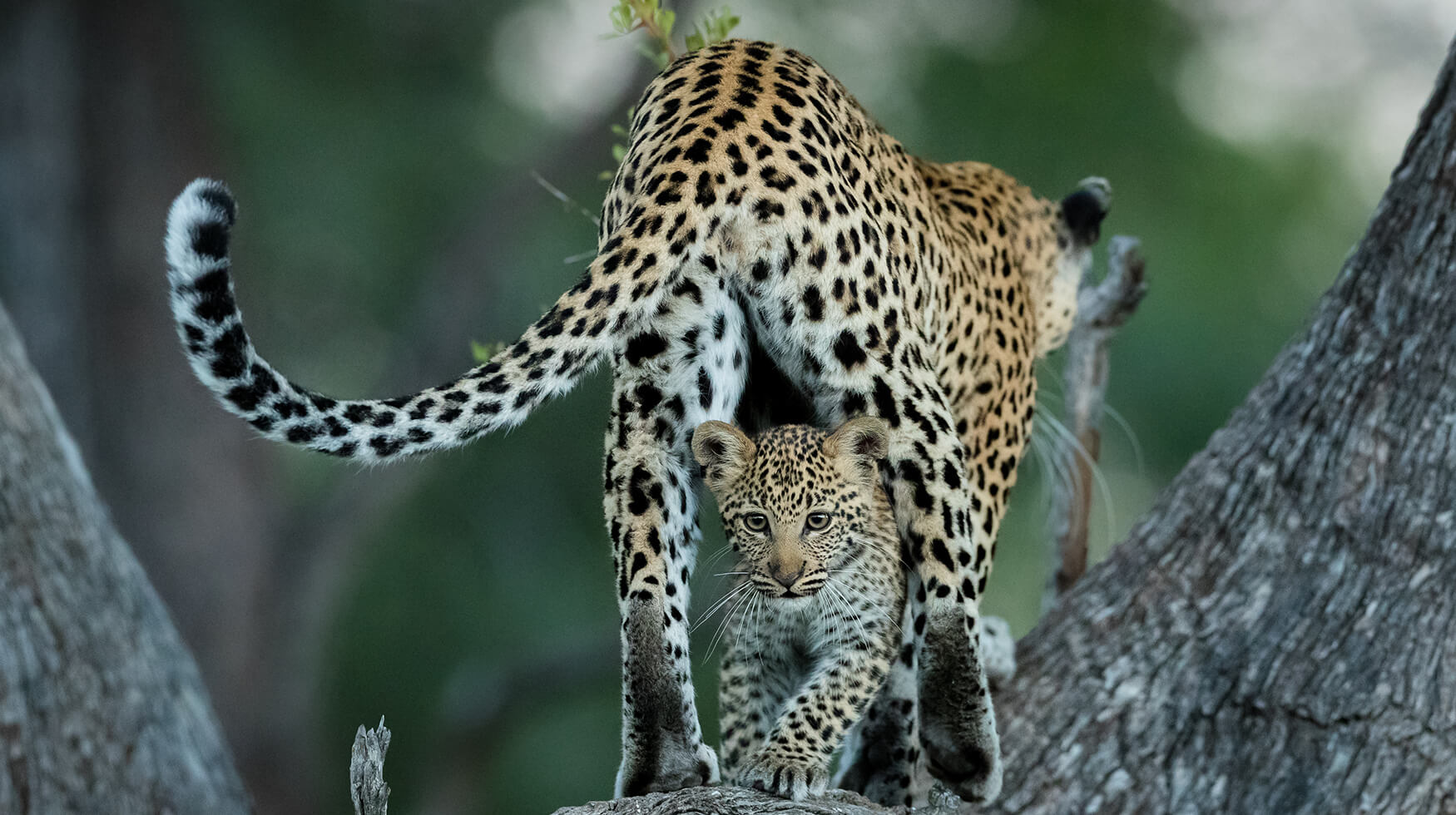
The Kalahari Desert crosses multiple countries
This massive African desert ranges over more than 900,00 km (559234,073 miles) across Southern Africa. It crosses the borders of three countries including, the eastern region of Namibia, a large portion of Botswana and the Northern Cape Province in South Africa. The Kalahari Desert forms part of the larger Kalahari Basin that includes wetlands such as the Makgadikgadi Pans and the Okavango Delta of Botswana.
There is diverse wildlife
The wildlife found in the Kalahari has adapted to survive the arid conditions of the desert. The wetter north in Botswana has a greater variety of wildlife than the drier south.
Antelopes that can be found in the Kalahari include springbok, oryx, wildebeest, duiker and steenbok. The Kalahari is home to desert wildlife such as meerkat, hyena, bat-eared foxes and cape fox. Surprisingly, all three African big cats are found in the Kalahari Desert including cheetah, leopard and the famous desert lions.
Birdlife includes the secretary bird, ostrich, and a variety of birds of prey, including falcons, giant eagle owl and the martial eagle. The region is scattered with nests of weavers, built on trees and telephone poles.
Many reptiles live in the Kalahari, including Cape cobras, puff adders, and numerous lizard species. Remarkably some frogs and toads are also able to survive here, including the bushveld rain frog and the tremolo sand frog.
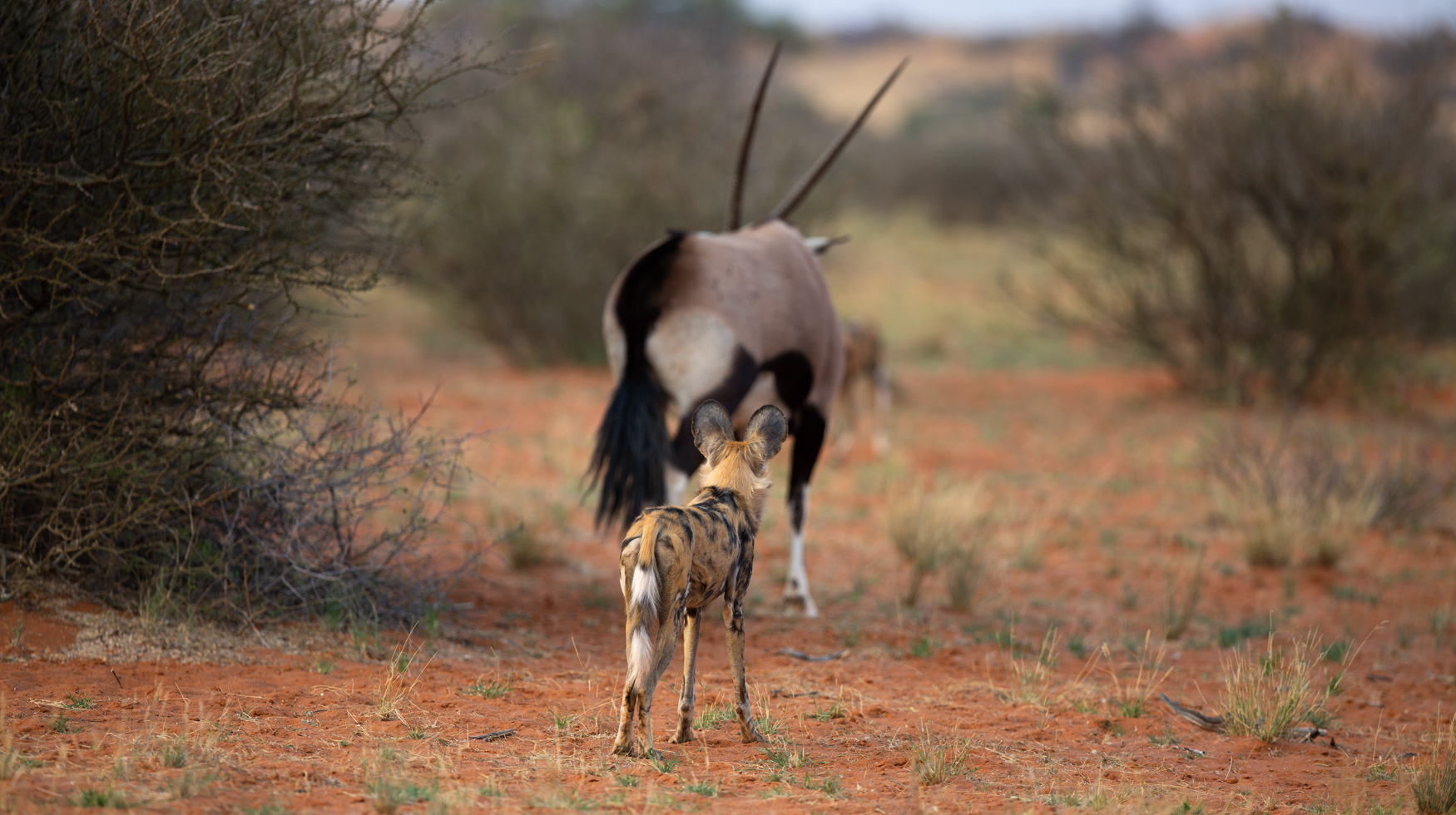
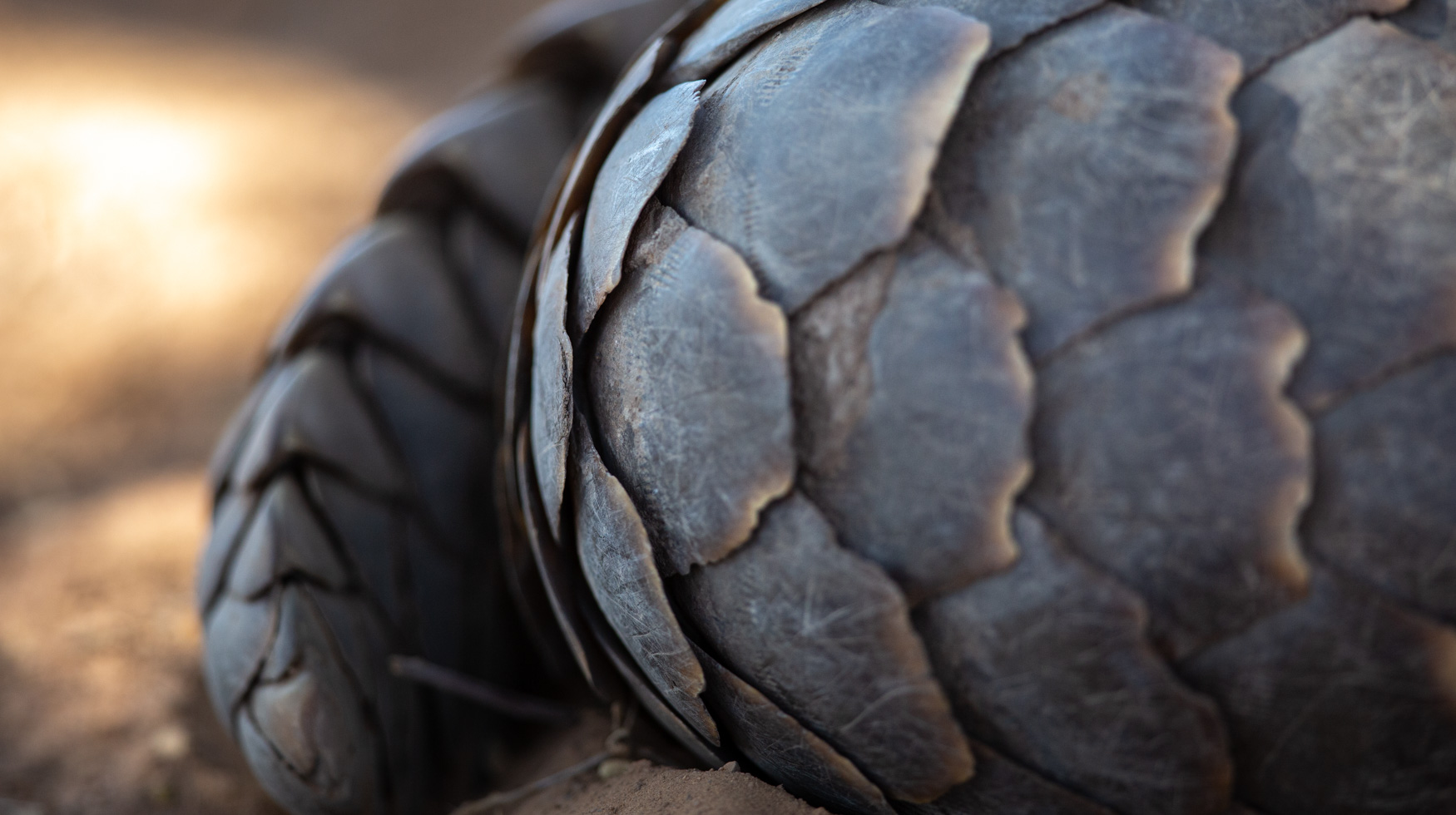
The Taa Language comes from the Kalahari region
The roots of the Taa language come from the native people that live in the Kalahari Desert. This unique language forms part of the Khoisan language group, which is spoken by less than 5000 people in Southern Africa.
The Kalahari Desert is the second-largest desert in Africa
Africa is home to three deserts – the Sahara, the Kalahari and the Namib. Together these diverse landmasses cover a large portion of the continent. The Kalahari is the sixth biggest desert on Earth and the second-largest in Africa after the Sahara desert. It is the southernmost desert in Africa and merges with the coastal desert of Namibia.
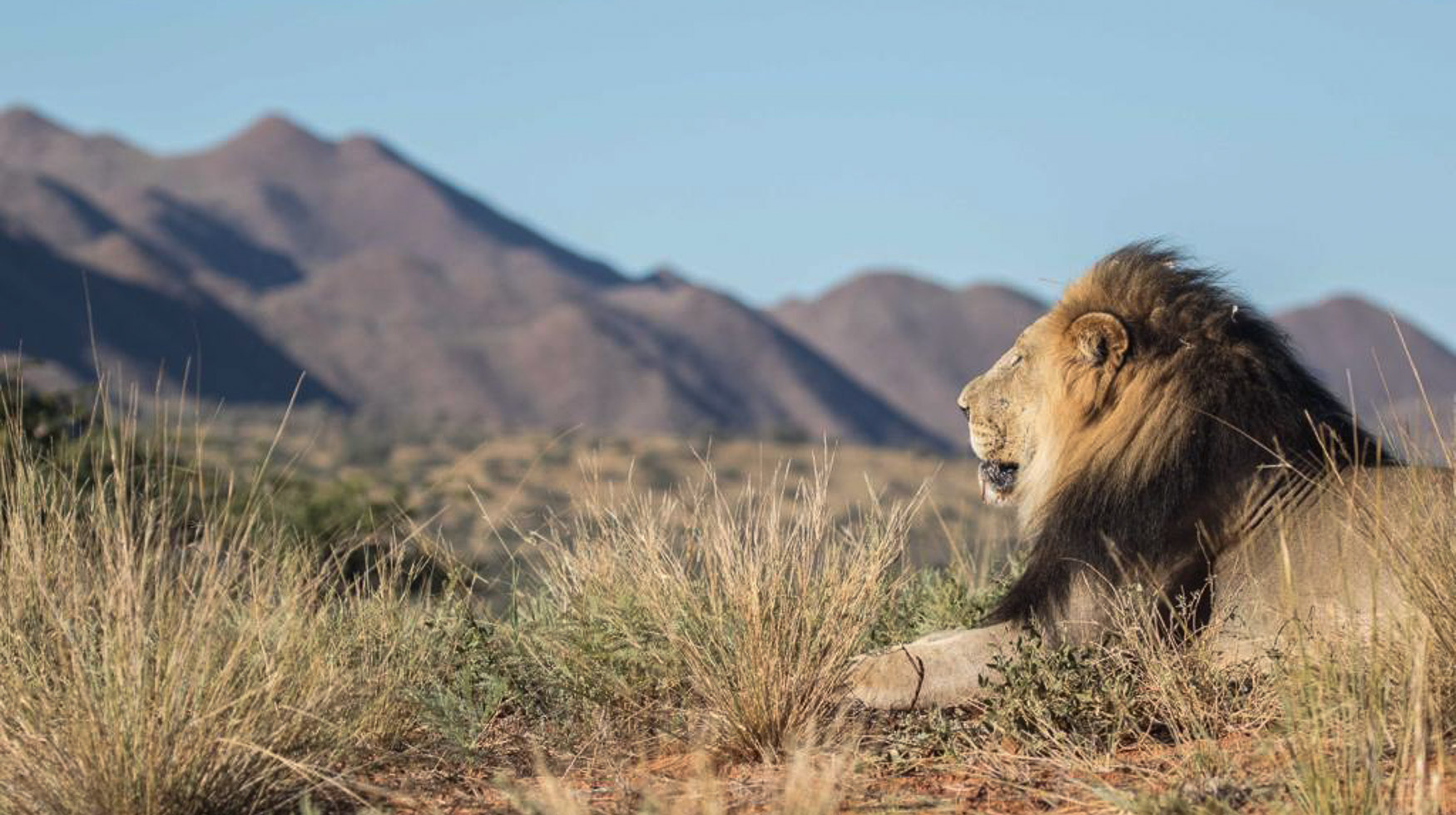
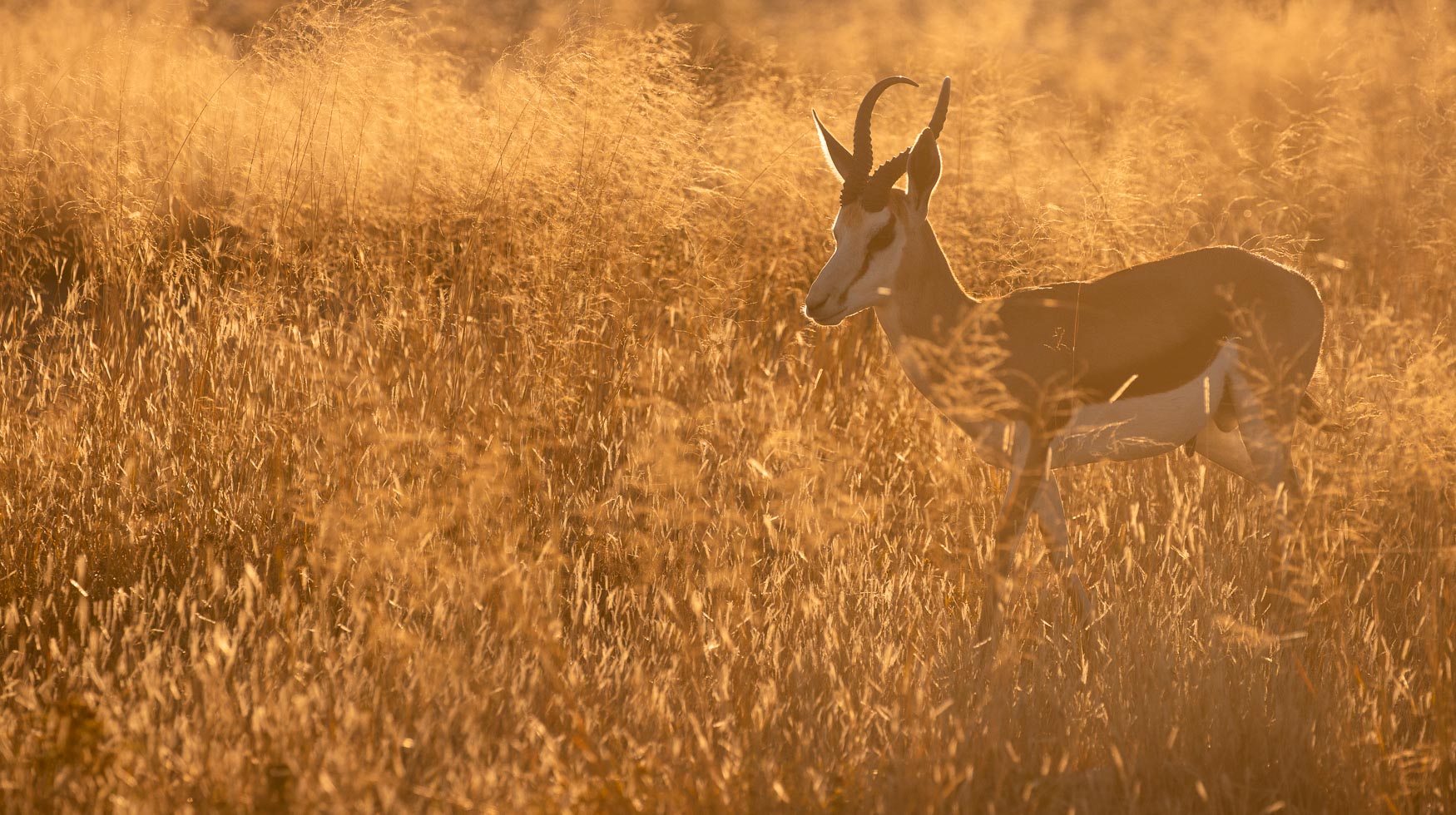
The earliest inhabitants in the area were Khoisan people
The earliest inhabitants of the region were the Khoisan people. They were hunter-gatherers before their homelands were occupied by European settlers. They have survived the tough conditions of the Kalahari Desert by remarkable methods of hunting with a bow and arrow, and gathering roots, fruits and insects. Today, there are still many San people that live in the Kalahari region.
It is not a complete desert
The Kalahari is actually not a desert in the strictest sense of the word, because of the amount of rainfall it receives annually. With somewhere between 12-25 centimetres of rains, the Kalahari Desert has a higher amount of rainfall than other deserts. The parched sand absorbs any moisture that remains after the wet season and many species of plants and shrubs thrive from this higher level of rainfall.
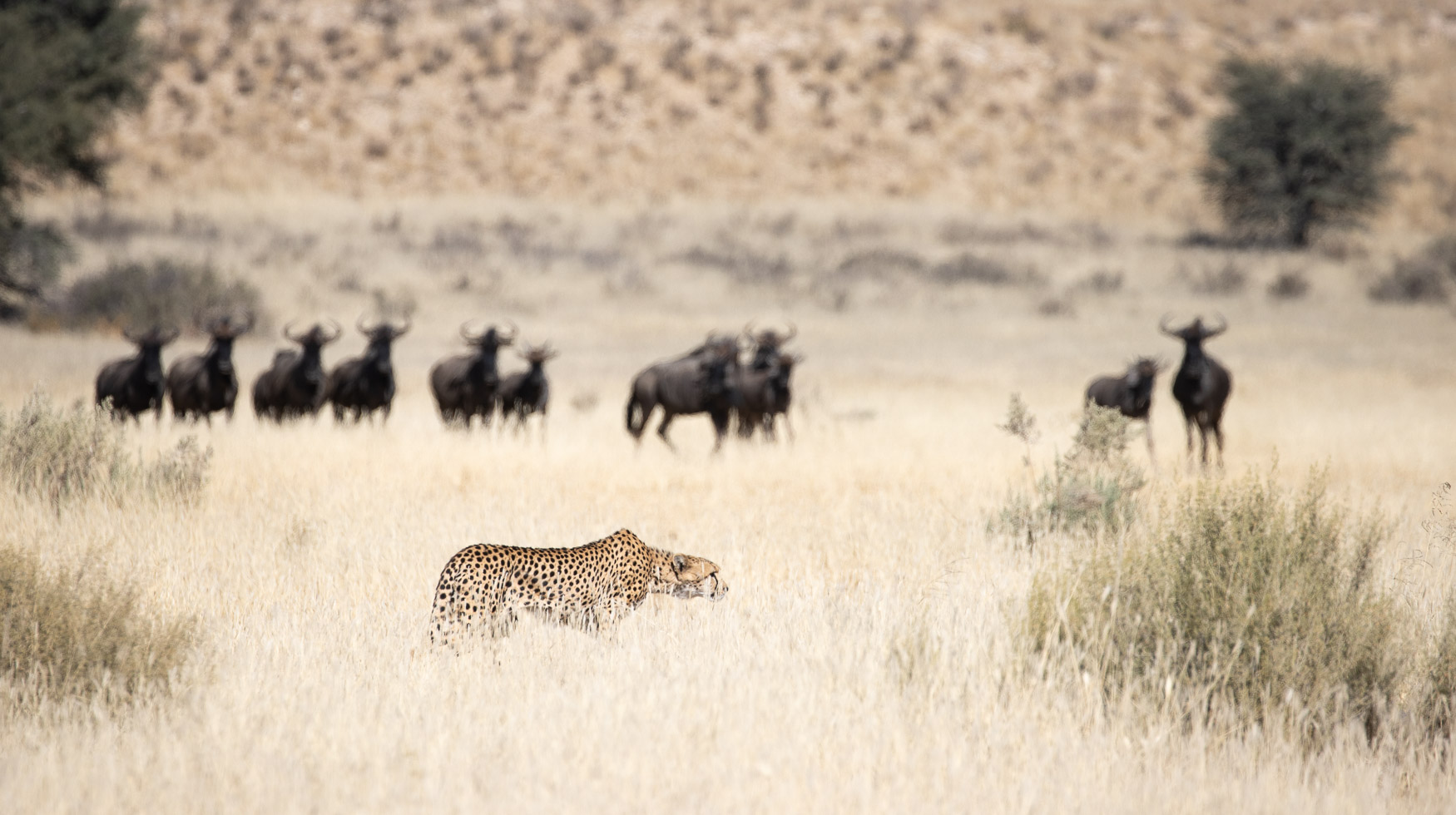
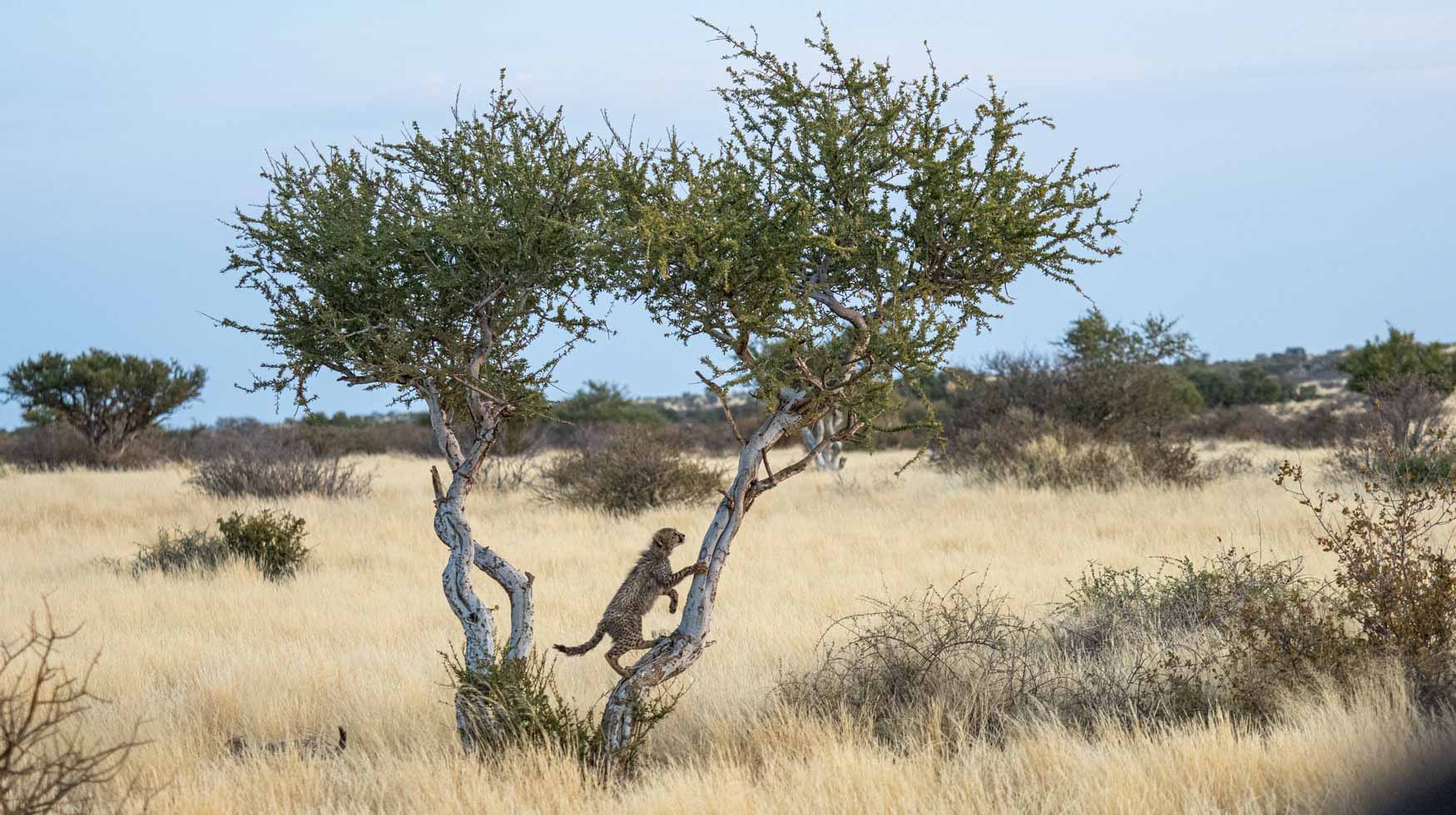
There are many plant species in the Kalahari Desert
The sand and soil in the Kalahari retain more water than most desert environments; therefore, the plant life is rich and diverse. In some parts of the desert, particularly the north, vegetation is dense and has adapted to surviving in the desert. Most of the vegetation happens to be shrubs, grasses and trees. All the plants have evolved to grow deep roots which can reach further into the ground to absorb moisture.
In the wetter north, there are woodlands made up of camelthorn trees. The camelthorn is endemic to the Kalahari and is a crucial part of this desert ecosystem. This tree produces nutrients that encourage other plants to grow and provides shade for animals in extreme temperatures.
The drier south of the Kalahari has few trees and large bushes scattered throughout the landscape. The hoodia cactus, which has been used to ease hunger and thirst by the San people for thousands of years, grows in this region. Other edible plants found in the desert include gemsbok cucumbers and tsamma melons; eaten by both animals and humans.
It has one of the biggest diamond mines in the world
The Kalahari Desert is home to one of the biggest diamond mines in the world. Diamonds were discovered in the area around 30 years ago, and the Ghaghoo Mine first opened in 2014, after a three-year construction project. Unfortunately, the diamond mine was opened on the ancestral homeland of the bushmen community and many families have been forced to leave their native homes and relocate to other areas.
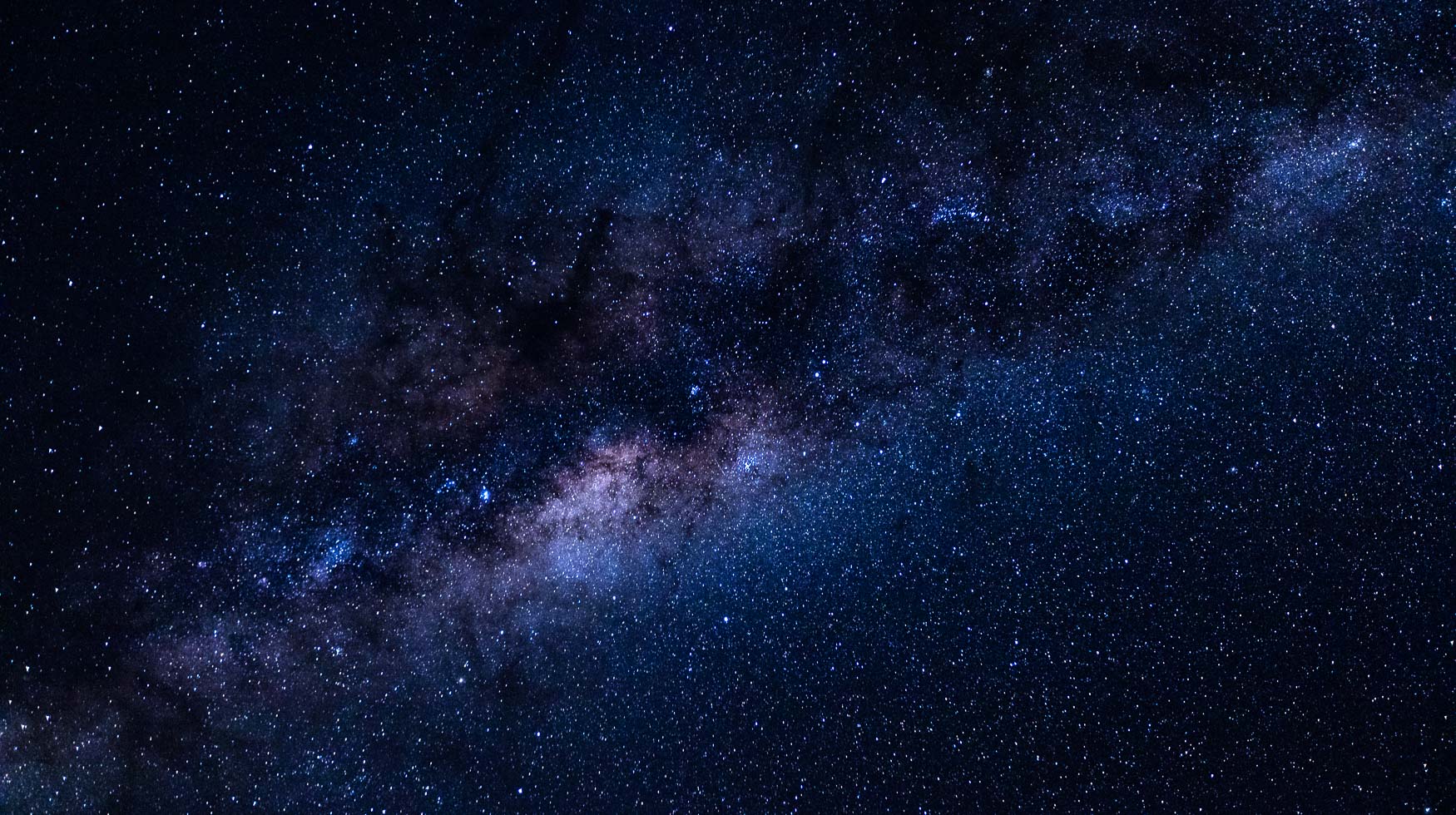
I hope you found the above facts interesting regarding the beautiful Kalahari and thank you for taking the time to read this blog.
Until next time,
Michael
Join us to visit the Kalahari for yourself!
Our exclusive Kalahari Safari takes our guests to the incredible !Khamab Kalahari Reserve, one of the most exclusive reserves in South Africa.
Find out more about this safari by visiting the tour page.
